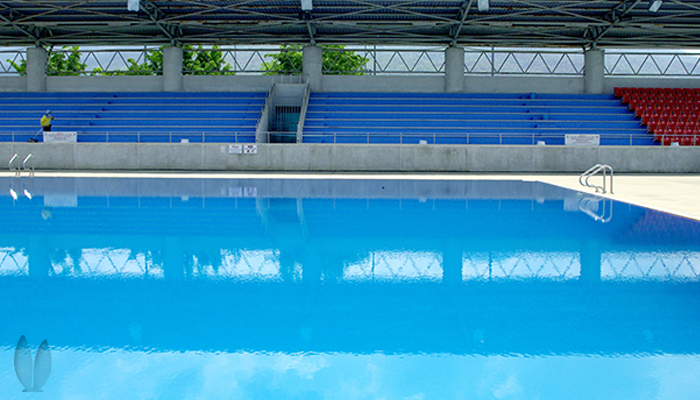Did you know that each year, 350+ drowning deaths among children in the U.S. occur in swimming pools? And did you realize that most of these deaths are preventable?
There are two types of drowning prevention devices that could help to prevent drownings: those that are intended to keep a person afloat when in the water and those that are supposed to sound an alert when a person falls into the water.
You notice that the two words “intended” and “supposed” are used in these descriptions – because regardless of the “quality” of the device, there is no way that any device can guarantee that drowning will never happen.
If you’re realistic about this, you’ll admit that everyone will never use the protection they need to best reduce drowning risks.
The Lifejacket
The U.S Coast Guard approved lifejacket is most likely the best protection device to use in preventing accidental drownings. But how many people do you see wearing them at the beach or in pools? And even with a lifejacket on, a person could end up face down in the water and drown.
The Pool Alarm
Pool alarms can be very effective. They sound an alert when motion is detected in the water. Drownings take only seconds. Pool alarms take at least 20 seconds to go off and they go off too often – causing pool owners to either ignore them as a false alarm or turn them off. Since unconsciousness can occur within 2 minutes and brain damage within 5, time is of the essence.
The Wearable Alarm
Wrist alarms sound when the wearer goes in the water. These devices won’t work unless they’re worn and the children (who are usually the ones that need these) are notorious for taking them off.
With all of these facts, why would you place all of your trust in these devices? What is the best solution for preventing drownings?
The Ability to Swim
Knowing how to swim is really the best way to prevent drowning. Making sure that everyone in your family learns to swim ensures that you’ve done everything possible to eliminate the potential that a drowning death could happen. But it is still no guarantee. If a person was knocked unconscious while in the water, for some reason became choked on water, became too fatigued to make it to shore or poolside or suffered a health crisis, they could still drown – even if they know how to swim. And because unusual circumstances can quickly overwhelm everyone – from young child to strong adult swimmer – it’s important for all to practice good water safety.
A few good water safety rules:
- Never leave children alone in the water.
- Make sure children don’t run or engage in other horseplay in the pool.
- Don’t allow children to supervise other children.
- Make sure those supervising children know CPR.
- Make sure flotation devices are available.
- Use common sense when around any type of water.
Here are some interesting statistics about drowning:
- Since 1990, drowning has been the second leading cause of unintentional injury death among children in the U.S.
- For each drowning death, there are estimated to be as many as 4 near-drownings, many of which result in permanent brain damage.
- Toddlers and adolescent males are statistically at the greatest risk of drowning. After 1 year old, boys have a higher risk of drowning than girls.
Swimming is such an important life skill that it deserves priority to be placed on learning it at an early age. Adults who never learned should learn to swim as well. After all, what non-swimming parent can save their struggling child or friend – or themselves?
Sources: Consumer Reports, About.com






